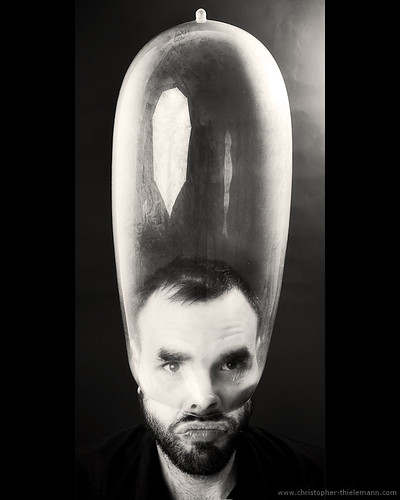
Image : http://www.flickr.com
Reaching the barrier methods of birth control work by preventing the sperm from the egg. The idea of inserting something into the vagina to prevent pregnancy, is not new. Such devices were called pessaries and they were used by the ancient Egyptians.
Pessaries were mentioned in 1850 BC in the Petri Papyrus. The formula was then a mixture of crocodile dung and honey, which was introduced into the vagina before sexual intercourse.
"It is interesting that this combination not only acted asBarrier to sperm, but had some common spermicidal effects. If a convenient alligator was not available, elephant dung could be used, "said Dr. Niels Lauersen, a diplomat of the American Board of Obstetrics and Gynecology and Steven Whitney in" It's Your Body: A Woman's Guide to Gynecology. "
Various formulas of pessaries have been used throughout the world. Elephant dung and honey was the preferred combination ¬ tion in India and Africa. In Persia in the 10th Century, pessaries frommixed rock salt and an oily material.
The most popular pessary, but was invented by Walter Rendell, a chemist who lived in the late 1800s London. To see how many people suffer from the burden of too many children, designed Rendell a pessary containing quinine, which he distributed freely to customers in his pharmacy.
"The results exceeded his expectations of this new pessary ¬ NEN. Requests have been logged so fast that the pessary was marketed commercially in 1886. Bythe turn of the century, was the product of a seller in the world. In fact, only in the 20th Century, quinine is the only recognized spermicide that could be used with absolute certainty, "Lauersen and Whitney.
With the popularity of pessaries new formulas were developed, with less irritants. The current barrier methods of contraception include the diaphragm, vaginal sponge, condom and cervical cap. These are often associated with chemical barriers such as creams,Jellies, foams and suppositories. Let us consider them one by one.
The diaphragm and cervical cap
The diaphragm is a rubber cap shaped blocks, the sperm, as it covers the cervix and the back of the vagina. It must be added for each sexual intercourse and left later to six to eight hours.
A smaller version of the diaphragm, the cervical cap, which only covers the cervix, but works the same way. Unlike the diaphragm, but this device must be installed by a doctor. Womenmay find it difficult to do the same because the cap must be inserted deep within the vagina.
The first real diaphragm was created by Aetius of Amida in the 6th century using the fruit of the pomegranate tree. After removing the seeds and pulp of that fruit, Aetius told women to insert the hollow end into the vagina before intercourse.
In 1883, Dr. Frederick Wilde, a German physician, described how a rubber cap could block sperm, but it was Dr. Wilhelm Mensinga, another German, who popularized the method. (Next: Disadvantages of membranes.)
Thanks To : pleasure condoms kimono condom discount condoms



0 comments:
Post a Comment